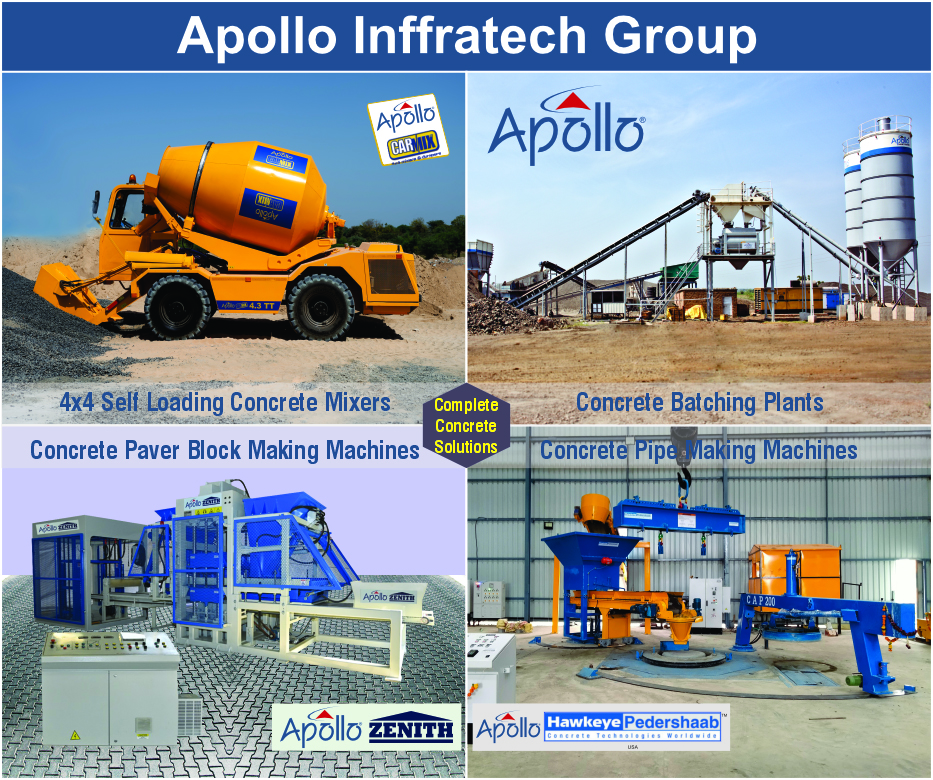Industry observers agree that 2025 marks a turning point for additive construction, as large-scale 3D printing matures and sustainability demands mount. Leading firms can now print full structural elements—walls, façades and support columns—in hours instead of days, dramatically cutting material waste and labour expenses. This capability is encouraging more developers to integrate printed components into mainstream projects.
Several landmark schemes highlight the technology’s potential. One company deployed gantry-mounted robotic arms offsite to fabricate modular building units, which were snapped together on location with minimal crane time. Another printer produced the shell of a single-family home in under 48 hours, complete with built-in conduits for plumbing and electrical systems. These successes are attracting investors seeking low-carbon, cost-effective alternatives to traditional methods.
Experts caution that broad adoption requires updated regulations and standardised workflows. Designers and engineers must collaborate on material certification, structural testing and on-site handling procedures. Further breakthroughs—such as multi-material printing and AI-driven design optimisation—could unlock new architectural possibilities and strengthen building resilience.
As additive construction transitions from pilot programmes to everyday practice, experts emphasize the need for supportive policy frameworks and dedicated training initiatives. With the right standards and skilled workforce in place, 3D-printed buildings could soon become a mainstream, sustainable solution for the global construction industry.









